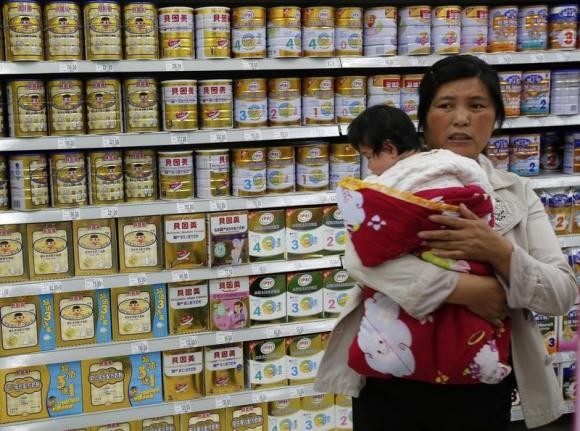A white paper released by the Chinese State Council on Tuesday claims that the social status of Chinese women has significantly improved over the past two decades.
The white paper "Gender Equality and Women's Development in China," an annual survey of Chinese women's social status, shows that it has become a trend for married couples to jointly make family decisions, with more than 70 percent of women saying they are involved in making major family decisions.
The white paper also claims that more women can share family resources with men on an equal basis, as compared to two decades ago.
The concept of men and women sharing housework is also more accepted, according to the paper, with the housework gap between men and women decreasing over the last decade from 150 minutes to 74 minutes.
"However, the burden of doing housework has not been reduced substantially," Feng Yuan, co-founder of non-government organization Equality, said in a statement to the Global Times on Tuesday.
"The government should create more policies to promote equality between husbands and wives in sharing housework," said Feng.
The white paper also stated that the number of impoverished women has significantly decreased, citing the 592 poorest counties, wherein the female poverty rate has gone down from 20.3 percent in 2005 to 9.8 percent in 2010.
The average life expectancy of women also rose to 77.4 years in 2010 from 73.3 years in 2000.
Women also account for 45 percent of the workforce, or around 346.4 million women in 2013.
However, Feng warned about the income gap between men and women, which has widened in recent years. She also added that gender discrimination in the workplace is common.
The white paper also celebrated the field of education. In 2014, primary school enrollment rates of boys and girls were equal at 99.8 percent, while women enjoyed greater opportunities than men in junior high school and beyond.



























